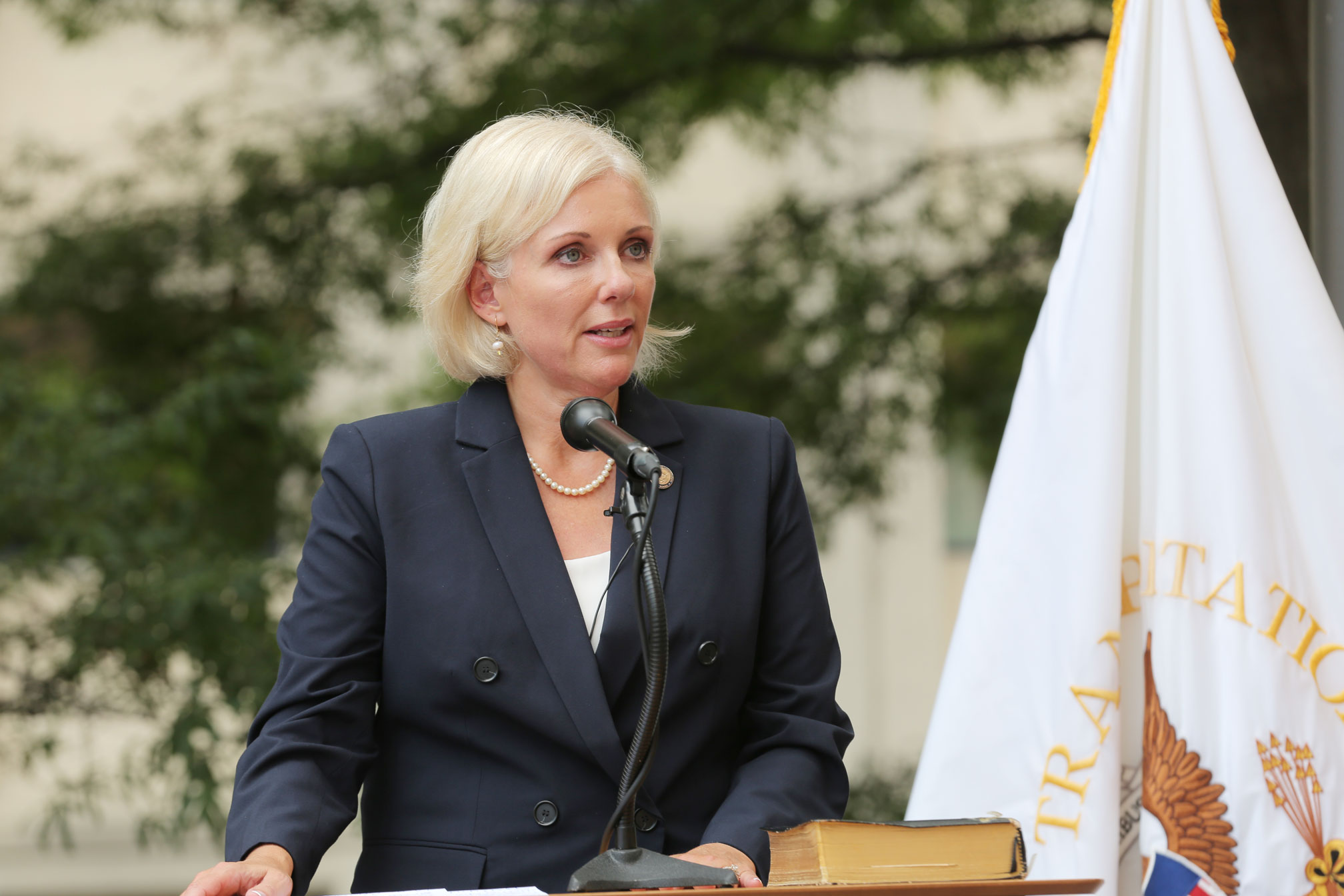
When Jennifer Homendy was in high school, her favorite conversations with her father, who worked as counsel for the U.S. House Transportation and Infrastructure Committee, were about the funding of roads, the safety of railroads, and other nitty-gritty transportation issues that would bore most teenagers.
Homendy ’94 Hbg is chair of the National Transportation Safety Board, a job she has held since 2021 after serving on the NTSB’s board the previous three years. Among the challenges facing her and her staff is the investigation of the February 2023 derailment of 38 cars, 11 of which were carrying hazardous materials, on a Norfolk Southern freight train in East Palestine, Ohio, where the NTSB held a two-day public hearing in June. The NTSB is also investigating seven close calls on runways—even as Homendy points out that the U.S. has the safest aviation system in the world and “the biggest risk you have is going to the airport and coming home by car.”
The rise in road fatalities, particularly during the COVID-19 pandemic, is also a pressing concern. The National Safety Council reported 46,000 road fatalities in 2022, up about 22% from 2019. Homendy speculates that at the height of the pandemic, it was likely that people were experiencing stress and driving faster on less crowded roads, but the federal government has to make roads safer—through enforcement and education, and by providing safer infrastructure for cars, cyclists, and pedestrians. “Roads now are built for vehicles to go from A to B in a very efficient manner,” she says. “They are not built for safety.”
Homendy, who previously served as a staff member for the U.S. House Transportation Subcommittee on Railroads, Pipelines, and Hazardous Materials, got her first taste of government work interning for Pennsylvania Sen. Arlen Specter when she was a student at Penn State Harrisburg. She is pursuing a master’s degree in transportation safety administration at Clemson University. —Cristina Rouvalis

